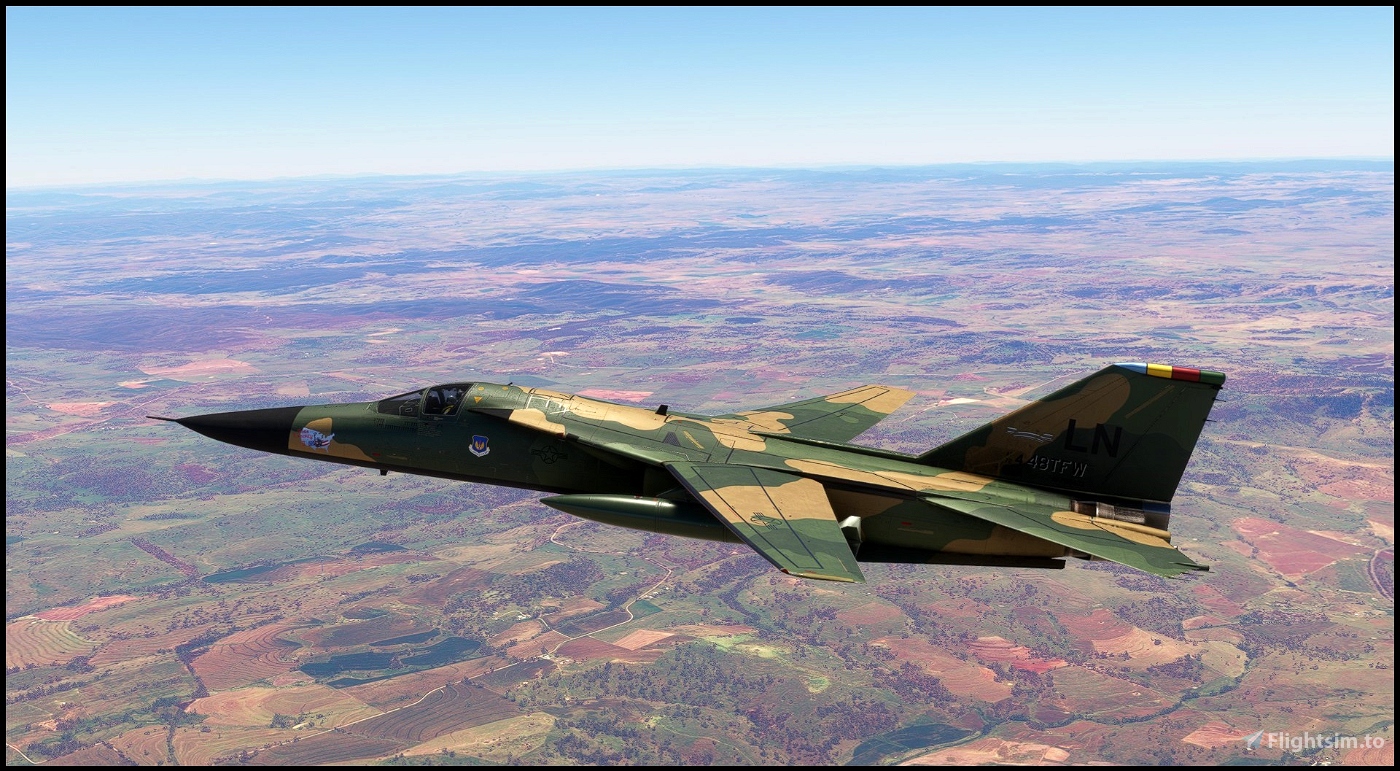On 2 August 1990, Iraq President Saddam Hussein directed his forces to invade Kuwait and thereby threatened an invasion of Saudi Arabia. Within days of the invasion, U.S. President George Bush directed the deployment of U.S. Armed Forces to Saudi Arabia in what became known as Operation DESERT SHIELD. In an address to the Pentagon on 15 August, President Bush referred to DESERT SHIELD as “…one of the most important deployments of allied military power since the Second World War.”
Also in the first week of August, Col. Thomas J. Lennon, 48th Tactical Fighter Wing Commander, received a call from Headquarters, United States Air Force, asking if the 48th Tactical Fighter Wing was ready to deploy. Colonel Lennon built a team of 13 members from wing leadership, known as the “Lucky 13,” and preparations began for the eventual movement of personnel and F-111s to Saudi Arabia.
On 25 August 25 1990, 18 F-111s took off from Lakenheath as the first USAFE unit to deploy. In this first group, nearly 500 men and women of the Liberty Wing tearfully said goodbye to their families, not knowing how long they would be gone, or what dangers would face them in a war with Iraq. Nonetheless, they departed with the assuredness of years of training behind them and a clearly defined mission in front of them.
In an August 31st editorial of the base’s newspaper, the Jet48, Col. Barry Ream, the 48th Tactical Fighter Wing’s Vice Commander, spoke to the families of the deployed: “I wish I could give you lots of details about what your spouses are doing during the deployment, but I can’t. I can say, however, that they all arrived safely, morale is sky high, and the job will get done in typical Liberty Wing style.”
Colonel Ream’s words proved prophetic. By January 1991, the 48th deployed 66 of its 70 F-111s to Taif, Saudi Arabia along with more than 1,400 Team Lakenheath members. During Operation DESERT STORM, the war for the liberation of Kuwait, the 48th Tactical Fighter Wing, Provisional flew 2,500 combat sorties. Dropping 7.3 million pounds of precision-guided munitions, the wing’s F-111 fleet destroyed 920 tanks and armoured personnel carriers, 245 hardened aircraft shelters, 160 bridges, and 113 bunkers. In one of the last missions of the war, on 27 February 1991, the 48th recorded the first-ever employment of a GBU-28, successfully destroying an Iraqi command and control centre. All of this the wing accomplished without one combat loss of a pilot or aircraft.
Incorporating the lessons learned during the desert operations, the Air Force directed changes that led to the Objective Wing organization. Beginning in mid-1991, the 48th Tactical Fighter Wing began restructuring under this program, realigning its maintenance-fighter squadron workforce and establishing several command positions to include the 48th Logistics Group, 48th Medical Group, 48th Support Group, and 48th Operations Group (originally designated the 48th Fighter Group). The program also redesignated many of the Air Force’s units by dropping the “Tactical” from their names. Thus on 1 October 1991, the 48th Tactical Fighter Wing was redesignated the 48th Fighter Wing, and the 492d, 493d, and 494th became simply Fighter Squadrons.










4 months ago
davidharwood